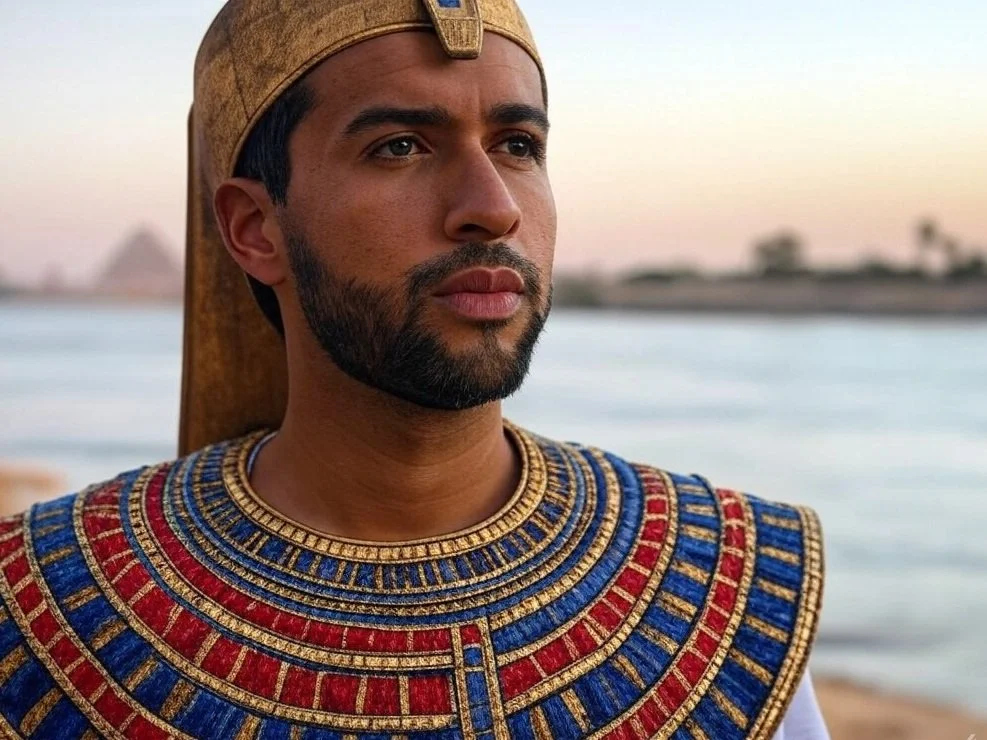Introduction
The unification of Upper and Lower Egypt marks one of the most significant milestones in ancient Egyptian history. Traditionally attributed to the semi-legendary figure Menes, this event around 3100 BCE laid the foundation for the first dynasty and the beginning of Pharaonic rule. This article explores the historical, archaeological, and cultural aspects of this unification, analyzing its implications for Egyptian civilization.
Historical Background
Before unification, Egypt was divided into two distinct regions: Upper Egypt (southern Egypt), characterized by a series of independent city-states along the Nile, and Lower Egypt (northern Egypt), dominated by the Nile Delta with its rich agricultural lands. Each region had its own ruler, symbols, and deities—Upper Egypt associated with the white crown (Hedjet) and the vulture goddess Nekhbet, and Lower Egypt with the red crown (Deshret) and the cobra goddess Wadjet.
The Role of Menes
Menes, often identified with the historical figure Narmer, is credited with uniting the two lands. The Narmer Palette, an archaeological artifact discovered in Hierakonpolis, depicts a ruler wearing both the white and red crowns, symbolizing the unification. Although Menes’ existence as a distinct individual remains debated, evidence suggests that he was either a singular ruler or a title encompassing a series of kings who played a role in unification.
Political and Cultural Unification
The unification was not merely a military conquest but also an administrative and cultural amalgamation. Menes established Memphis, strategically located at the junction of Upper and Lower Egypt, as the new capital. This move facilitated centralized governance, trade, and communication. Additionally, a unified religious system emerged, blending the deities of both regions, and leading to the synthesis of national symbols such as the Pschent, the double crown of Egypt.
Impacts of Unification
The unification of Egypt set the stage for the Old Kingdom (c. 2686–2181 BCE), an era of monumental architecture, economic prosperity, and artistic advancement. The consolidation of political power under a single ruler allowed for large-scale irrigation projects, increased agricultural output, and the standardization of writing systems such as hieroglyphics. The pharaonic ideology of divine kingship, which persisted for over three millennia, was also solidified during this period.
Conclusion
The unification of Upper and Lower Egypt under Menes was a pivotal moment that shaped the course of Egyptian civilization. Whether Menes was a single historical figure or a composite of early rulers, his legacy endures in the enduring structure of Egyptian monarchy and governance. The event laid the groundwork for one of the most remarkable civilizations in history, influencing political structures, religious practices, and cultural developments for centuries to come.







